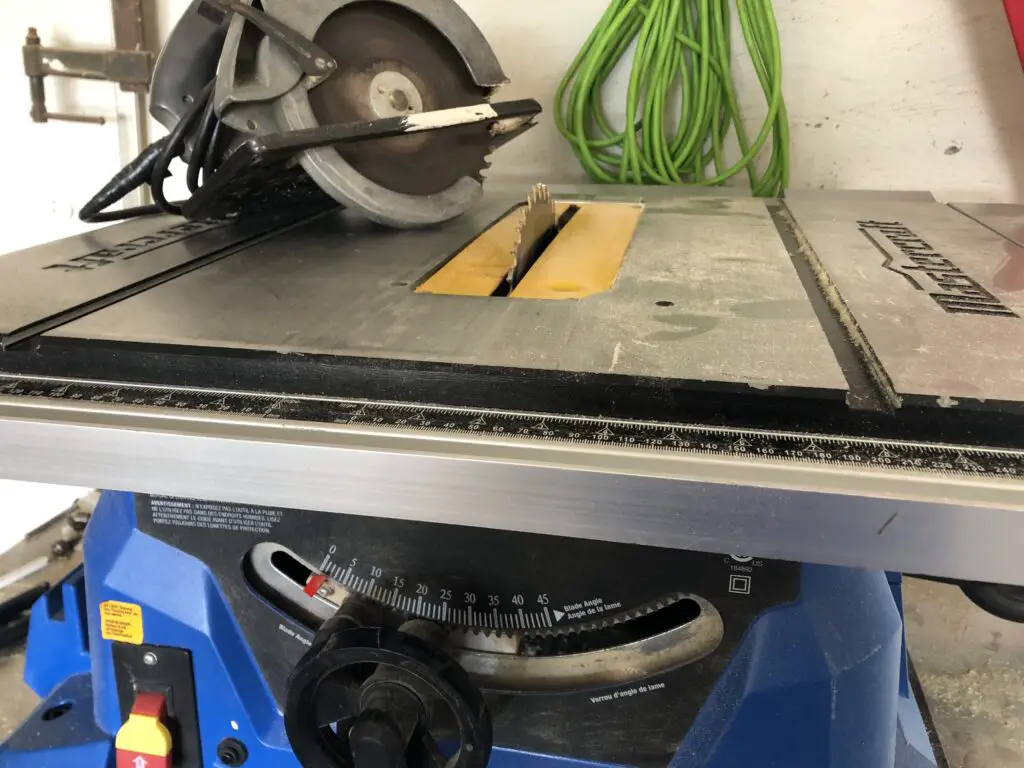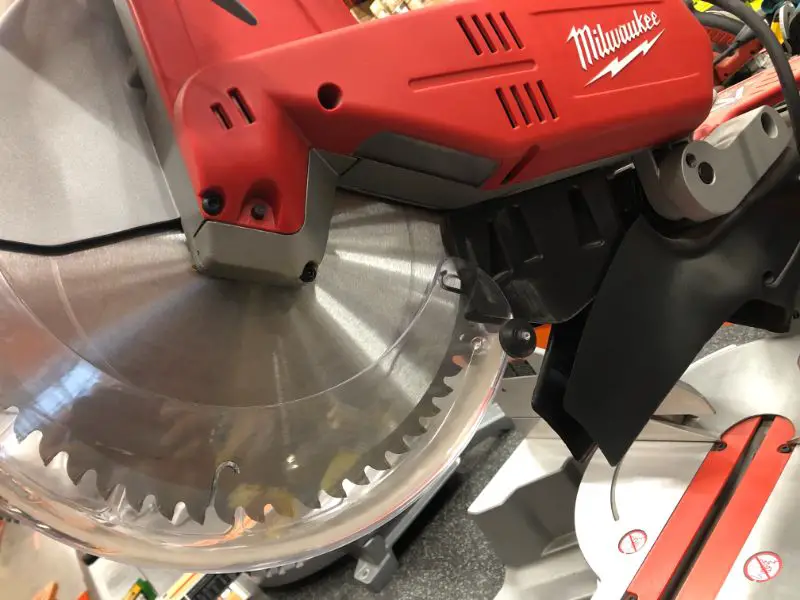Table saw alternatives are out there, but knowing which alternative is right for the job can be a little more tricky. Woodworking can be a tough pastime if you don’t have the right tools, and many often wonder how they will get a job done when they do not own or have access to a table saw. While table saws offer the most utility, allowing for a wide variety of cuts, they are often one of the more expensive saws to buy. Fortunately, there are other tools in your shop that will allow you to get the job done!
What do you use if you don’t have a table saw? Track saws, circular saws, miter saws, and band saws might be able to replace certain functionalities of a table saw, but it isn’t a one-size-fits-all solution.
Woodworking Table Saw Alternatives
Even if your budget doesn’t allow for a table saw right now, you can get all of your tasks done using other tools in your shop. With a little creativity (and know-how), you can use one of the following tools for the majority of your woodworking needs.
Hand Saw
The hand saw, sometimes called the panel saw, has been used for thousands of years. In fact, there are even Egyptian hieroglyphics that show this tool in use. It is a hand tool that is very likely within easy reach in your shop but is often forgotten.
Bandsaw
A bandsaw is a power tool with a long, toothed blade that stretches between wheels. It may have up to four wheels, but most just have two. Bandsaws come with different tooth pitches and in different sizes which is why it is such a versatile tool.
Circular Saw
A circular saw consists of a blade that rotates around an arbor and can be used to cut wood, plastic, metal, or masonry. These types of saws are handheld.
Miter Saw
Similar to a circular saw, the miter saw can be angled in a variety of positions to create mitered or beveled cuts. They come in several sizes, but the most common are 7¼-inches, 10-inches, and 12-inches. You can get miter saws either corded or cordless.
Jigsaw
This power tool consists of a reciprocating blade and an electric motor. Jigsaws are often used to make irregular curves such as stenciled designs.
Track saw
Sometimes called plunge saws, a track saw is a hand-held saw that slides on a guide rail or track while in use. The blade plunges into the wood which makes it safer for the woodworker while also decreasing tear-out.
Router
A router is a power tool with a rotating blade and a flat base. It is used to hollow out areas in your workpiece, and it is a tool commonly used for those making cabinetry. Routers can be mounted to router tables or used handheld.
What to Use If You Don’t Have a Table Saw

When you need to rip a board, a table saw really comes in handy. However, there are many woodworkers that would say a bandsaw is their go-to. Due to the cutting force being applied downward, it can also be the safer option. However, there are complaints that the bandsaw will leave a rough edge behind.
A circular saw can also be used for ripping a board, especially if you have a straightedge guide. Another option is to use your track saw, if you are cutting lengthwise.
When you need to make a cross-cut, you can rely on your hand saw, especially if you only have a few cuts to make. Keep in mind that your edge will likely need to be cleaned up afterward.
Cross-cuts can also be made with a miter saw if the boards are narrow enough. Wider boards could be cut with a circular saw. If you have time (and inclination) to clean up the edges, a jigsaw or band saw could work as well.
A router can be used for dados, but you will need a straight bit if you are using a router table. Tenons can also be done with a router table or with a joinery system (this is not usually a budget-friendly option!)
Another option for tenons is to use your bandsaw which will require a fence and stopblock. However, you can also cut them with a handsaw.
For miters, the obvious answer is the miter saw. If you have a good quality blade, you can knock those out with ease. Bevels take a little more maneuvering, but a bandsaw can handle them if you tilt the table. However, with this approach, you will need to worry about ripping.
A circular saw can help you with a long bevel cut if you have an appropriate guide. Something a little narrower can be done with a table-mounted router and a chamfer bit.
You can use your bandsaw to cut tapers, but you will need to clean up the sawn face afterward. Your hand plane should do the trick. When you need to cut glued-up panels or sheets, the circular saw with a straightedge works very well. Your tracksaw is another solid option.
Can I do Without A Table Saw?
Yes, in most cases a table saw will not be the only for the job, but it may be the best suited for the work. Many table saw alternatives are able to complete jobs you might think only a table saw can complete. For instance, cutting boards to length will be much easier on a miter saw than a table saw, but you can use your miter saw to rip boards to length. Use the best tool you have available to you, for the job. The best tool might not be a table saw!

